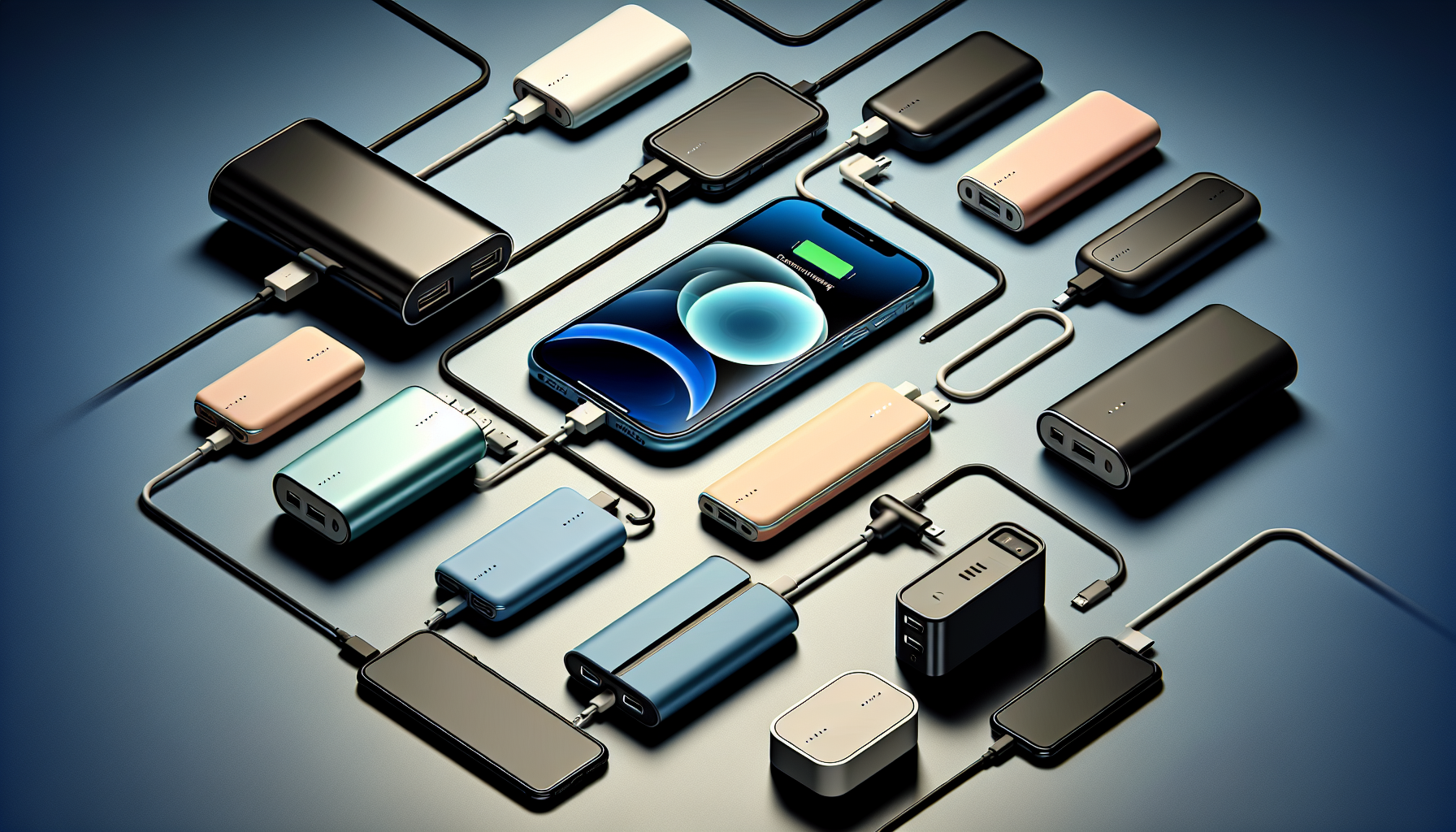
The Ultimate MagSafe Power Banks for 2025: An In-Depth Guide
As technology progresses, our need for effective and dependable charging options increases. With the introduction of Qi2 and Qi2 25W technology, iPhones are now capable of charging quicker than ever before. In this piece, we delve into the top MagSafe power banks for 2025, guaranteeing that you have the finest choices at your disposal.
Grasping Qi2 and Qi2 25W Technology
What is Qi2?
Qi2 is a standard set forth by the Wireless Power Consortium, enabling wireless charging speeds of up to 15 watts. This innovation employs magnetic alignment for efficient charging and is compatible with iPhones 13 and newer models.
The Advancement to Qi2 25W
The newest Qi2 25W standard enhances wireless charging speeds up to 25 watts, considerably shortening the charging time for your device. This improvement is compatible with the newest smartphones, including the iPhone 17 series and Google’s Pixel 10 Pro XL.
Premier MagSafe Power Bank Selections
Anker MagGo Power Bank
The Anker MagGo power bank stands out as an excellent option for those who often forget to plug in their phones overnight. With a capacity of 10,000mAh and Qi2 certification, it can elevate an iPhone 15’s charge from 5% to 60% in just a little over 45 minutes. Its durable stand and elegant design make it a flexible choice for any user.
Mophie Powerstation with Stand
For individuals who love to watch videos while charging, the Mophie Powerstation with Stand is perfect. It provides nearly two complete charges for an iPhone 15 and includes a rotating stand for the best viewing angles.
Ugreen MagFlow 10K Brick
Ugreen’s MagFlow 10K brick was the initial Qi2 25W-certified power bank available. It powers up an iPhone 16 to 50% in only 30 minutes, making it a preferred choice for tech aficionados looking for cutting-edge charging technology.
Factors to Consider When Selecting a MagSafe Power Bank
Importance of Capacity
Most MagSafe chargers are available in 5,000mAh or 10,000mAh capacities. While larger batteries provide additional power, they tend to be bulkier. Think about your requirements and preferences when choosing the appropriate capacity.
Compatibility of MagSafe vs. Qi2
Make sure your power bank is compatible with your device. MagSafe technology supports up to 15W charging, while Qi2 offers similar functions with enhanced certification for third-party accessories.
Travel Limitations
When on the go, keep in mind airline regulations regarding power banks. Most MagSafe batteries are within the 100-watt-hour limit, making them suitable for carry-on luggage.
Conclusion
Selecting the right MagSafe power bank can greatly improve your charging experience. Whether you value speed, capacity, or additional features such as stands and screens, there’s an ideal choice for everyone. Stay ahead with the latest Qi2 and Qi2 25W technology, making sure your devices are always ready for use.
Frequently Asked Questions
What functionality does MagSafe offer?
MagSafe is Apple’s innovation that supports wireless charging speeds up to 25W and employs magnets for alignment with chargers and accessories.
Which iPhones are compatible with MagSafe?
iPhones 12 and newer models are compatible with MagSafe technology, with iPhones 13 and onwards supporting 15W charging speeds with third-party Qi2 accessories.
Can MagSafe batteries be utilized with a case?
Yes, most cases are compatible with MagSafe, allowing wireless charging without interference. Ensure the case isn’t excessively thick or made of metal to prevent obstructing the charge.
What is the power output of MagSafe batteries?
Qi2-certified power banks can supply up to 15 watts, while Qi2 25W-enabled chargers can deliver up to 25 watts. The total charge provided depends on the capacity of the power bank.
Are there restrictions on power banks for travel?
Most airlines permit power banks rated at 100 watt-hours or lower in carry-on luggage. Always verify specific airline policies prior to traveling.